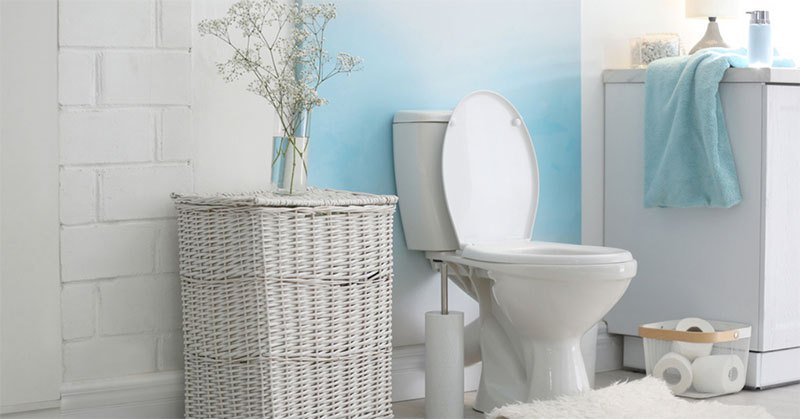Regular readers will know I’m always discussing and incorporating time costs into my ROI Analyses. The idea is that nobody’s time is really free. We all trade time for money and money for the time at some point in our lives (think: work).
To use an example, say that your favorite band/musician is coming to town to play a concert, and the local radio station is giving away free tickets to the first 20 guests that show up to the concert. Knowing that there will be a line to claim the free tickets, how long would you be willing to wait in line for the free tickets (how early would you be willing to arrive at the concert)?

At what point do the tickets stop being free? At what point does the cost of waiting to surpass the cost of purchasing the tickets at retail value? 2 hours? 4 hours? 24 hours!? Everyone draws the line somewhere. This post should help make that decision easier.
For a comedic illustration of a similar time/value conundrum, the Portlandia “Brunch Village” episode is pretty funny.






